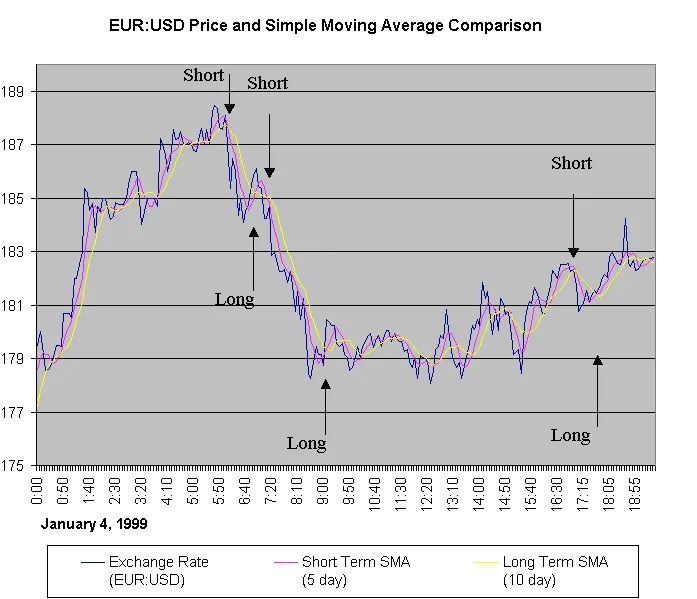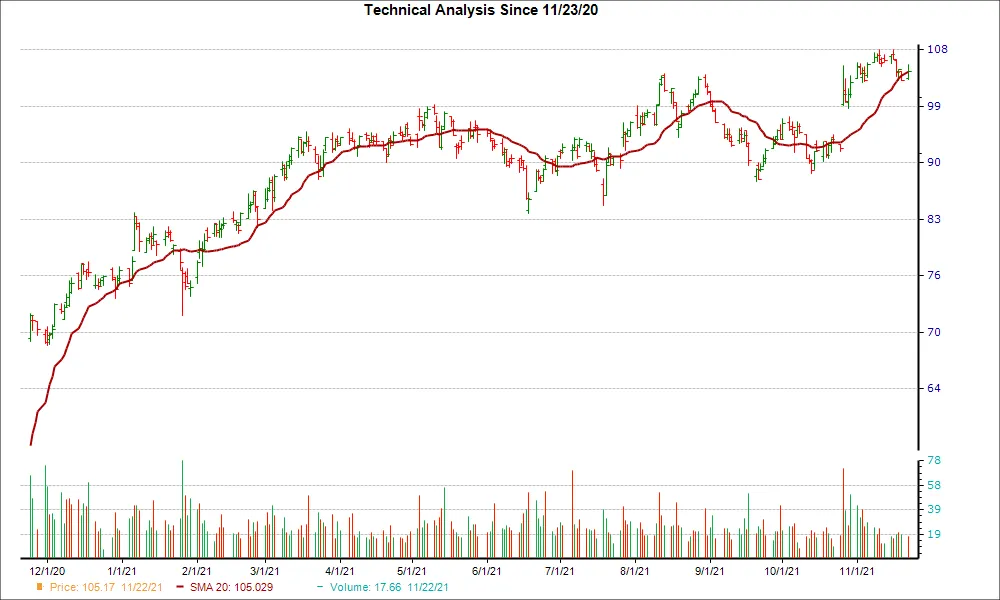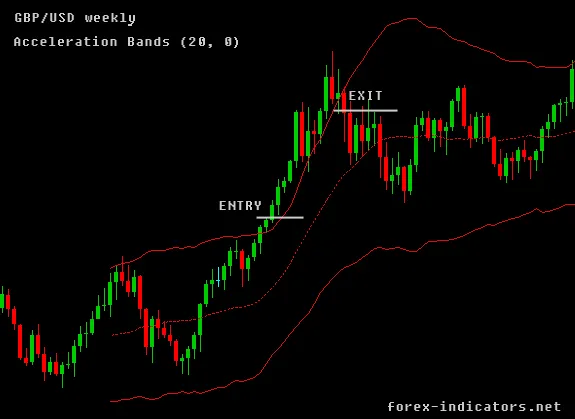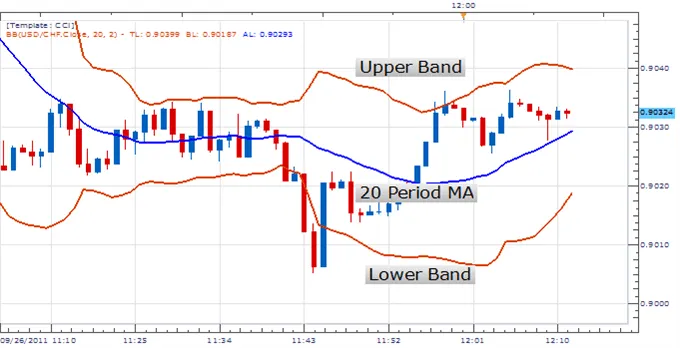What’s The Difference Between A Stress Test And A Back Test?
By Samantha Baltodano
When it comes to investing, it's important to understand the different types of tests that can be run on your portfolio or investment strategy.
Two common tests are stress tests and back tests. While they may sound similar, they are actually quite different and serve different purposes.
A stress test is a simulation that analyzes how an investment portfolio or strategy would perform under extreme market conditions. This could include scenarios such as a sharp drop in the stock market, an increase in interest rates, or a sudden economic downturn.
The goal of a stress test is to see how well an investment can withstand these types of shocks and to identify any potential vulnerabilities.
On the other hand, a back test is a simulation that looks at how an investment portfolio or strategy would have performed in the past. This is done by using historical data and applying the investment strategy or portfolio to see how it would have fared under different market conditions.
Back tests can be useful for identifying trends and patterns in the market and for testing the effectiveness of an investment strategy.
Key Differences
One key difference between stress tests and back tests is the time frame they cover. Stress tests are typically focused on the present and future, while back tests look at the past.
This means that stress tests can be used to help investors prepare for potential future market events, while back tests can provide insight into how an investment strategy may have performed under similar circumstances in the past.
Another difference is the type of data used. Stress tests typically use current market data and make assumptions about how the market will react to certain events. Back tests, on the other hand, use historical data and do not make assumptions about future market conditions.
–
It's important to note that neither stress tests nor back tests can predict the future with 100% accuracy. They are simply tools that can help investors make informed decisions about their investments. Both types of tests can be useful, but it's important to use them in conjunction with other forms of analysis and to not rely solely on their results.
Summary
- Stress tests and back tests are both useful tools for analyzing the performance of an investment portfolio or strategy.
- Stress tests focus on how an investment would perform under extreme market conditions, while back tests look at how an investment would have performed in the past.
- Both types of tests can provide valuable information to investors, but it's important to use them in conjunction with other forms of analysis and not to rely solely on their results.
Like what you read? Check out the rest of our content!




